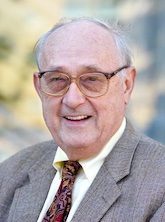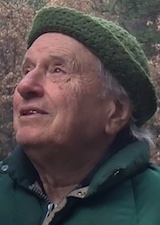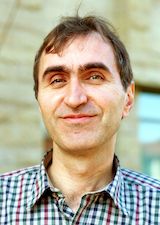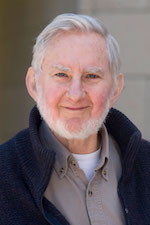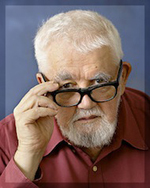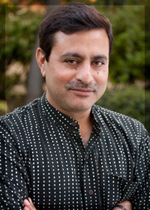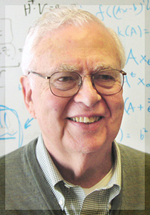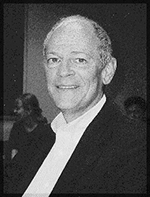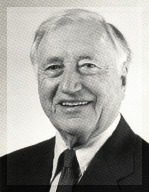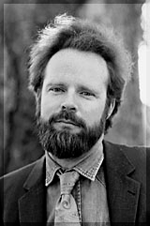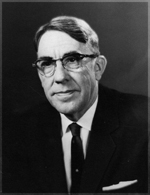Giovanni “Gio” Wiederhold, professor emeritus of computer science at Stanford University and a noted expert in databases, the valuation of intellectual property, and computer history, died of cancer on Dec. 26, 2022, surrounded by family at his San Francisco home. He was 86.
In the postwar years, Wiederhold served as a technical assistant and self-described “human computer” for NATO’s SHAPE Air Defense Technical Center in the Netherlands. He emigrated to the United States in 1958 and worked as a mathematician at IBM prior to joining the University of California, Berkeley, as chief programmer in the early 1960s, just as computer science was blossoming. In 1965, Wiederhold was named director of the Advanced Computer for Medical Research (ACME) project at the Stanford School of Medicine, where he developed one of the earliest online, real-time, time-shared systems for monitoring and collecting data from medical research instruments.
ACME accelerated research at the...
read more

